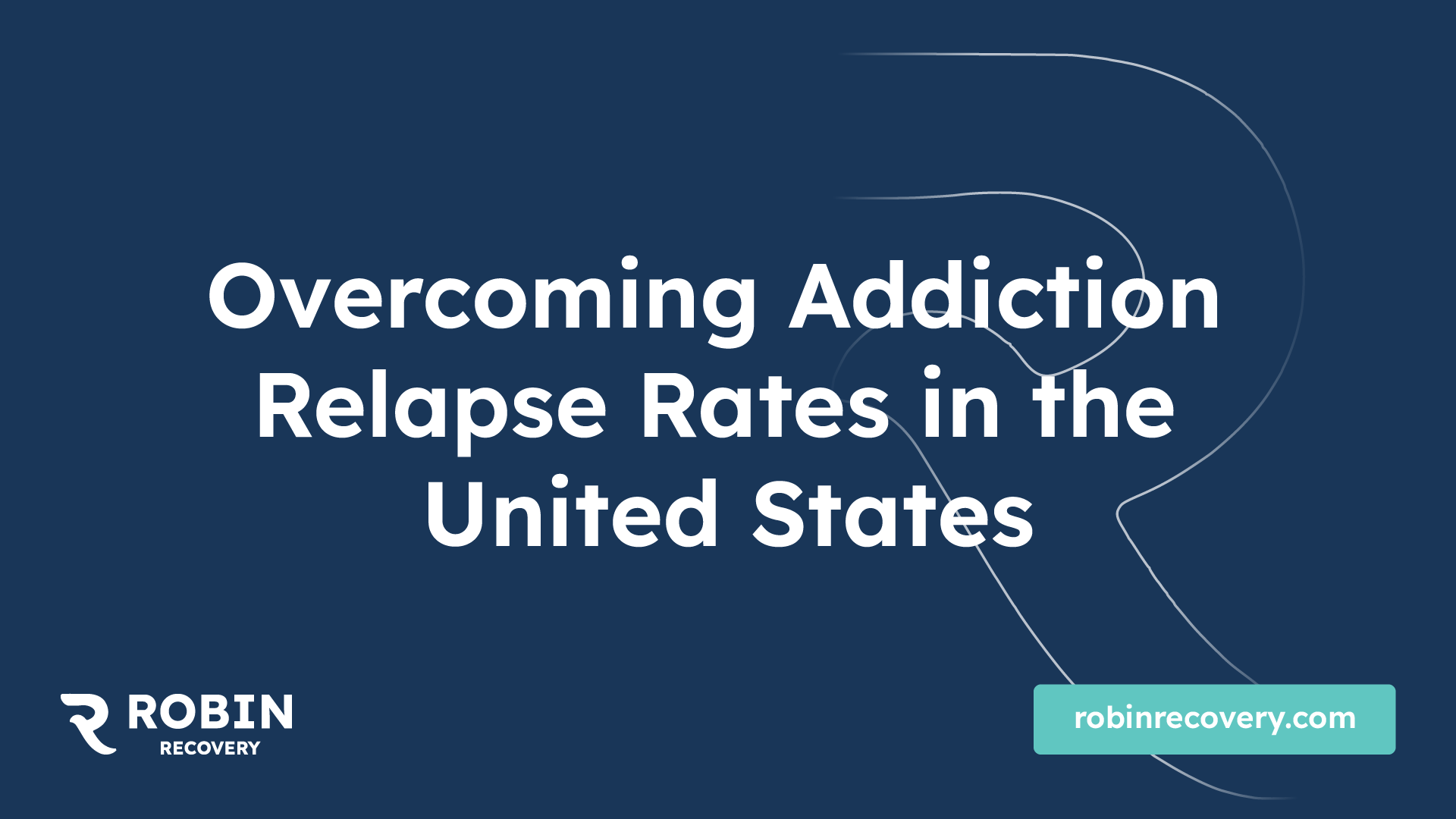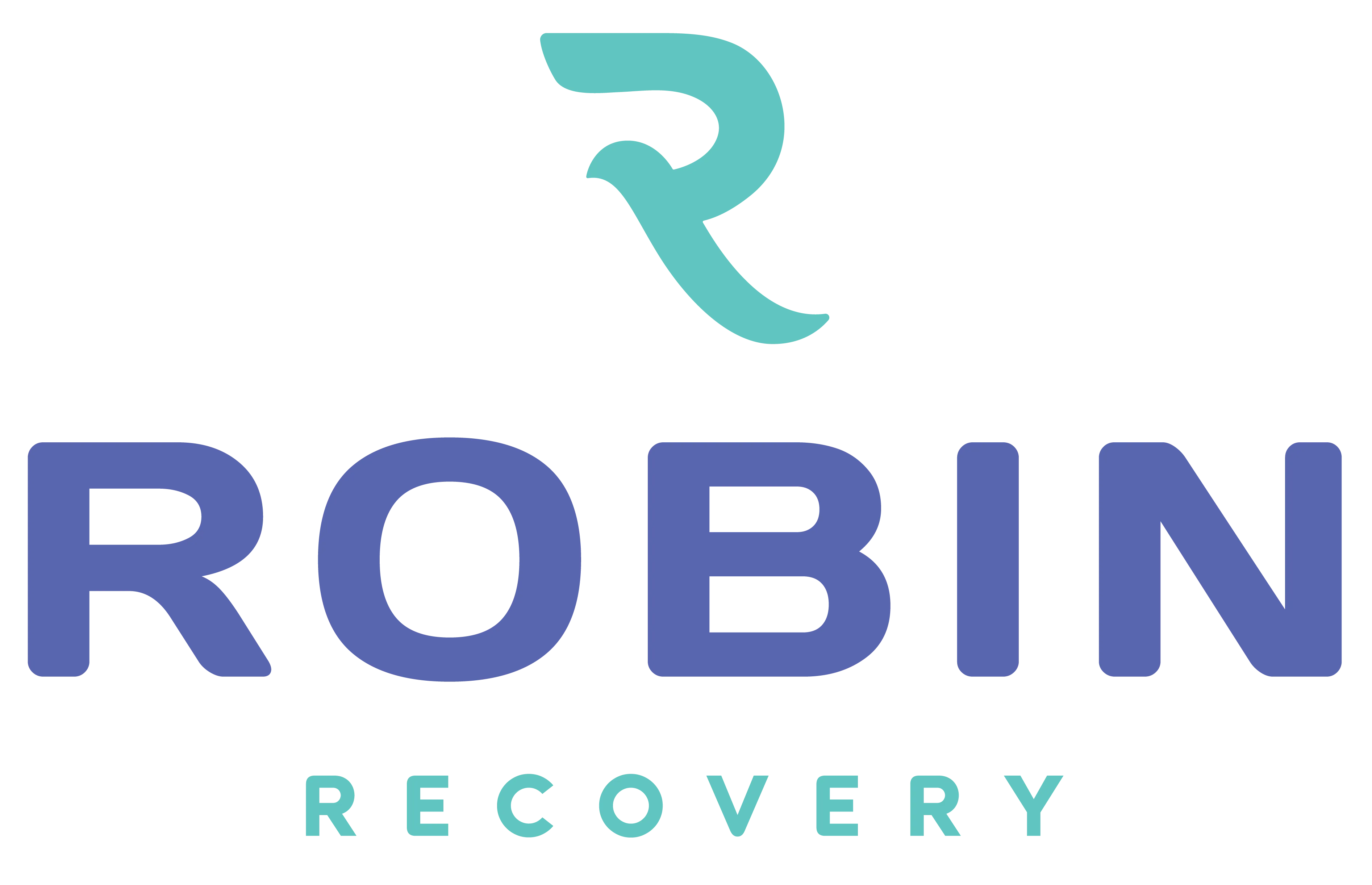Understanding Addiction Relapse
Addiction relapse is a significant challenge faced by individuals in recovery from substance abuse disorders. Understanding the statistics on addiction relapse and the factors that contribute to relapse is crucial in developing effective prevention and treatment strategies.

Statistics on Addiction Relapse
According to the National Institute on Drug Abuse, approximately 85 percent of individuals relapse within a year of treatment. Shockingly, two-thirds of individuals return to drug use within weeks of beginning addiction treatment [1]. These statistics highlight the complex nature of addiction and the difficulty individuals face in maintaining long-term sobriety.
For individuals struggling with alcohol addiction, the relapse rates are equally concerning. Approximately 90% of people with alcohol addiction relapse within four years of completing treatment. These numbers emphasize the challenges in maintaining sobriety for individuals with alcohol use disorder.
Factors Contributing to Relapse
Several factors contribute to the high rates of addiction relapse. Research suggests that a lack of social support and unstable living conditions increase the risk of relapse in individuals recovering from substance abuse disorders [2]. Positive family support and stable living environments play a crucial role in addiction relapse prevention.
Psychological withdrawal symptoms, stress, and drug craving also significantly impact the likelihood of relapse. Studies have shown that stress, depressive symptoms, cortisol levels, and brain-related factors such as brain-derived neurotrophic factor (BDNF) and functional response in specific brain regions are significant predictors of addiction relapse [3]. These factors highlight the complex interplay between psychological and physiological aspects of addiction and their influence on relapse.
It's important to remember that addiction relapse is not a sign of failure but rather an opportunity for reassessment and adjustment of treatment. The National Institute on Drug Abuse emphasizes that relapse is a normal part of recovery and that individuals should reach out to their doctors to resume or modify treatment [4].
By understanding the statistics and factors contributing to addiction relapse, healthcare professionals and individuals in recovery can work together to develop personalized treatment and prevention strategies. It is through this comprehensive approach that we can strive to reduce addiction relapse rates and support individuals in their journey towards long-term recovery.
Addiction Relapse Rates
Understanding the rates of addiction relapse is crucial for addressing the challenges individuals face in maintaining long-term recovery. In this section, we will explore the relapse rates in the United States, focusing on both alcohol addiction and substance use disorders.
Relapse Rates in the United States
Statistics from the National Institute on Drug Abuse reveal that approximately 85% of individuals relapse within a year of treatment, indicating the difficulties in sustaining recovery [1]. Moreover, two-thirds of individuals return to drug use within weeks of commencing addiction treatment. These figures highlight the need for ongoing support and comprehensive strategies to address addiction relapse.
Relapse Rates for Alcohol Addiction
For individuals with alcohol addiction, the journey to long-term sobriety can be particularly challenging. Studies show that approximately 90% of people with alcohol addiction relapse within four years of completing treatment. This high relapse rate underscores the importance of tailored interventions and ongoing support to prevent relapse and promote sustained recovery.
Relapse Rates for Substance Use Disorders
The relapse rates for substance use disorders extend beyond alcohol addiction. Research indicates that a majority of individuals with various substance use disorders, such as nicotine, illicit drugs, and weight-related issues, are known to relapse within weeks to months of initiating treatment. Over 85% of individuals who receive treatment for substance use disorders relapse and return to drug use within one year of treatment. These findings emphasize the complex nature of addiction and the need for multifaceted approaches to support individuals in their recovery journey.
Understanding the relapse rates associated with addiction is essential for developing effective treatment and prevention strategies. By recognizing the challenges individuals face, healthcare professionals and support systems can tailor interventions to address the specific needs of each person, aiming for sustained recovery and improved quality of life.
Risk Factors for Relapse
When it comes to addiction recovery, understanding the risk factors for relapse is crucial for developing effective prevention strategies. Two significant risk factors that contribute to relapse are co-occurring disorders and social support and living conditions.
Co-Occurring Disorders
Individuals with co-occurring disorders, such as substance abuse and mental health issues, face an increased risk of relapse. Approximately 75% of individuals with co-occurring disorders experience a relapse within the first year of recovery. The presence of mental health disorders, such as depression, anxiety, or bipolar disorder, can complicate the recovery process and make it more challenging to maintain sobriety.
The interconnected nature of co-occurring disorders necessitates a comprehensive treatment approach that addresses both the addiction and the underlying mental health issues. Integrated treatment programs that provide simultaneous care for both conditions have been shown to be more effective in reducing relapse rates and promoting long-term recovery.
Social Support and Living Conditions
Research suggests that a lack of social support and unstable living conditions increase the risk of relapse in individuals recovering from substance abuse disorders. Positive family support, a strong network of friends, and involvement in support groups play a vital role in sustaining recovery.
Individuals with limited social support systems may feel isolated and face challenges in coping with stress and triggers. This isolation can increase the likelihood of turning to substance use as a means of escape or self-medication. On the other hand, individuals with strong social support networks have access to encouragement, understanding, and guidance during challenging times, reducing the risk of relapse.
Furthermore, stable living conditions are crucial for maintaining recovery. Unstable housing, homelessness, or living in an environment where substance use is prevalent can significantly impact an individual's ability to stay sober. Access to safe, supportive housing can provide a foundation for long-term recovery by reducing exposure to triggers and facilitating a healthier lifestyle.
By recognizing the impact of co-occurring disorders and the significance of social support and stable living conditions, treatment providers and individuals in recovery can address these risk factors and develop strategies to mitigate the chances of relapse. Combining comprehensive treatment interventions with a strong support system and a conducive living environment can improve the chances of successful, sustained recovery.
Addiction Relapse Research
Understanding the factors that contribute to addiction relapse is crucial for developing effective prevention and treatment strategies. Ongoing research has shed light on the impact of psychological withdrawal symptoms, as well as the influence of stress and craving, on the likelihood of relapse.
Impact of Psychological Withdrawal Symptoms
Psychological withdrawal symptoms experienced during early drug abstinence play a significant role in addiction relapse. These symptoms can include subjective distress, irritability, drug craving, sleep problems, and cognitive difficulties. Studies have shown that higher levels of these symptoms are associated with worse treatment outcomes among individuals with substance use disorders, including smokers, cocaine addicts, heroin-dependent individuals, and alcoholics.
Psychological withdrawal symptoms can be highly distressing and can intensify the cravings for drugs. The discomfort experienced during the withdrawal phase can make it challenging for individuals to maintain abstinence, increasing the risk of relapse. It is crucial for treatment programs to address these symptoms through appropriate interventions and support to enhance the chances of successful recovery.
Influence of Stress and Craving
Chronic substance abuse can lead to an increased "wanting" of drugs, particularly in stress- and drug-related contexts. Stress exposure can trigger drug craving and anxiety in individuals dependent on various substances. Stressful life events, such as relationship problems, financial difficulties, or work-related stress, can significantly impact an individual's vulnerability to relapse.
Studies have shown that various factors related to stress, including stress levels, depressive symptoms, drug craving, cortisol levels, adrenal sensitivity, serum brain-derived neurotrophic factor (BDNF), and brain response in specific regions, can predict addiction relapse. Blunted stress- and cue-induced cortisol responses have been associated with poor alcohol relapse outcomes in alcoholics, while higher cortisol levels during drug cue reactivity were predictive of higher relapse outcomes in opiate-abstinent individuals.
Additionally, lower gray matter volume in cortical, thalamic, and cerebellar brain regions has been observed in individuals with substance use disorders. Notably, more severe gray matter deficits have been reported in relapsers compared to abstainers. These findings highlight the complex relationship between stress, brain structure, and addiction relapse, emphasizing the importance of addressing stress management techniques and providing appropriate support during the recovery process.
By understanding the impact of psychological withdrawal symptoms, stress, and craving on addiction relapse, researchers and healthcare professionals can develop targeted interventions that address these factors. Effective treatment and prevention strategies should focus on managing withdrawal symptoms, teaching stress management techniques, and providing ongoing support to individuals in recovery. The integration of comprehensive approaches that address the psychological, physiological, and social aspects of addiction can help individuals sustain their recovery and reduce the risk of relapse.
Predictors of Addiction Relapse
When it comes to addiction recovery, understanding the factors that contribute to relapse is essential for developing effective prevention strategies. Various predictors can influence an individual's likelihood of experiencing a relapse. In this section, we will explore the factors associated with relapse and the impact of gender and income disparities on relapse rates.
Factors Associated with Relapse
Several factors can increase the risk of addiction relapse. These include:
- Lack of social support: Individuals who lack a strong support system may find it more challenging to maintain their recovery. A lack of support can lead to feelings of isolation and make it harder to cope with triggers and cravings.
- Psychological withdrawal symptoms: The psychological symptoms experienced during withdrawal, such as anxiety, depression, and cravings, can be powerful triggers for relapse. These symptoms can persist even after the physical dependence on the substance has been overcome.
- Stress and environmental triggers: High levels of stress and exposure to environments or situations associated with substance use can increase the risk of relapse. Stress can weaken an individual's ability to cope, making them more vulnerable to turning to substances as a means of escape or self-medication.
Understanding and addressing these factors through comprehensive treatment and support programs can help individuals in recovery navigate the challenges associated with addiction relapse.
Gender and Income Disparities
Research has shown that gender and income disparities play a role in addiction relapse rates. According to a study published in the National Center for Biotechnology Information (NCBI), women have been found to be 35% less likely to report having substance abuse problems compared to men among those who reported ever using illicit drugs. This relationship between gender and substance abuse problems persisted even after adjusting for various factors.
Regarding income disparities, individuals in the lowest income group (earning less than $20,000 annually) were reported to be 36% more likely to report having substance abuse-related problems compared to those in the highest income group (earning $75,000 or more annually). Furthermore, among those who reported using illicit drugs in the past year, individuals with an income less than $20,000 were 82% more likely to report substance abuse problems compared to those with an income of $75,000 or more.
However, it's important to note that income disparities alone may not be the sole determinant of addiction relapse. Various factors, such as access to treatment, support systems, and environmental influences, can also contribute to these disparities.
By taking into account the factors associated with relapse and recognizing the influence of gender and income disparities, healthcare professionals and support networks can develop targeted interventions and treatment strategies that address these predictors. Combining personalized care with comprehensive support can help individuals in recovery overcome the challenges associated with addiction and reduce the risk of relapse.
Treatment and Prevention Strategies
When it comes to addressing addiction and preventing relapse, a combination of medication and behavioral therapy has shown to be effective in promoting recovery. The use of medication as part of addiction treatment varies depending on the specific substance being abused.
Medication and Behavioral Therapy
Research conducted by the National Institute on Drug Abuse suggests that medication should be a primary component of treatment for addictions to opioids. Medications, when combined with behavioral therapy or counseling, can significantly improve outcomes for individuals struggling with opioid addiction. Additionally, medications are available to help treat addiction to alcohol and nicotine.
For individuals with addictions to drugs like stimulants or cannabis, no specific medications are currently available to assist in treatment. In these cases, treatment primarily consists of behavioral therapies tailored to address the individual's drug use patterns and related problems [4].
Role of Behavioral Therapies
Behavioral therapies play a crucial role in addiction treatment and relapse prevention. These therapies help individuals in treatment modify their attitudes and behaviors related to drug use, enabling them to handle stressful situations and triggers that might cause a relapse. Behavioral therapies can also enhance the effectiveness of medications and help individuals remain in treatment for longer durations [4].
One commonly used behavioral therapy is cognitive-behavioral therapy (CBT), which has shown effectiveness in treating various types of addiction. For problem gambling, CBT focuses on changing unhealthy gambling behaviors and thoughts, fighting gambling urges, dealing with emotions, and solving problems caused by the addiction. The goal of CBT is to rewire the addicted brain by changing thoughts about gambling.
By combining medication and behavioral therapy, individuals struggling with addiction can receive comprehensive treatment that addresses both the physical and psychological aspects of addiction. These strategies aim to reduce the risk of relapse and support long-term recovery. It's essential for individuals seeking treatment to work closely with healthcare professionals who can tailor the treatment approach to their specific needs and circumstances.
References
[3]: https://www.ncbi.nlm.nih.gov/pmc/articles/PMC3674771/
[4]: https://nida.nih.gov/publications/drugs-brains-behavior-science-addiction/treatment-recovery

.svg)

.svg)

.svg)
.svg)





































































































